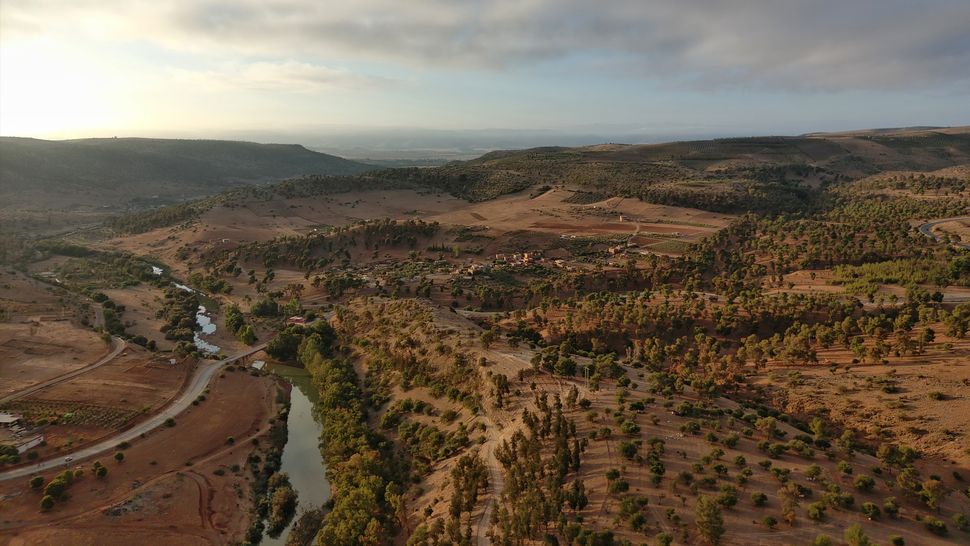Remains of 5,000-year-old farming society as large as ancient Troy discovered in Morocco
By Sierra Bouchér published 26 minutes ago
The society "bridged the gap" between Africa and Europe over 5,000 years ago.

An aerial view of Morocco's hilly and reddish landscape that is spotted with trees by a river.
An aerial photo of the Oued Beht archaeological site from the north. (Image credit: Toby Wilkinson, OBAP Archive)
Archaeologists in Morocco have discovered the remains of a 5,000-year-old farming society, the oldest site of its kind ever discovered in Africa outside the Nile Valley. Thousands of stone ax heads and painted pottery shards found on the site suggest a previously unknown society of hundreds of people — comparable to the size of Bronze Age Troy — who might have lived together, farmed the land, and traded with other societies across the Mediterranean.
The archaeological site of Oued Beht in northern Morocco was uncovered by French colonists in the 1930s. After the site had been overlooked for 90 years, Moroccan archaeologist Youssef Bokbot had a hunch that it may have important finds waiting just under the surface and contacted other experts to collaborate on the excavation.
The research, published July 31 in the journal Antiquity, found an "insane quantity of pottery shards and polished axes," study co-author Giulio Lucarini, an archaeologist at the Institute of Heritage Sciences at the National Research Council of Italy, told Live Science.
By radiocarbon-dating samples of charcoal and seeds found during the excavation, the team dated the site to around 3400 to 2900 B.C. The groups that lived there likely had a variety of genetic backgrounds. According to a 2023 study co-authored by Bokbot, traditional pastoralists from the Sahara, as well as people originally from the Iberian Peninsula and the Middle East, had likely settled in this area.
More:
https://www.livescience.com/archaeology/remains-of-5-000-year-old-farming-society-as-large-as-ancient-troy-discovered-in-morocco
